I work off-grid frequently, requiring reliable power to keep batteries charged, especially for intensive drone operations like today’s, which involve the Inspire 3, Mavic 4, and my large CineLifter FPV drones. Lately, I’ve been using the DJI Power 2000, and it’s been exceptional at keeping my batteries charged, powering my Starlink, running my laptop, and handling other tasks, including making coffee.
Disclosure and Initial Impressions
In full disclosure, DJI provided this unit for testing and review, including creating a video. They aren’t paying or sponsoring this content in any other way, but I get to keep the unit. After using it for several months, I’m genuinely impressed. DJI not only addressed minor issues I had with the Power 1000 but also increased the Power 2000’s capacity and capabilities, making it ideal for remote locations with no power for miles.
Key Features of the DJI Power 2000
Impressive Output Capacity
The Power 2000 delivers 3,000 watts of continuous output. Even while charging multiple devices—Inspire 3 batteries on max output, Mavic 4 batteries, FPV controllers, and goggle batteries—it draws only 1,300 watts. This leaves 1,700 watts available, enough to power an electric heater at maximum or other high-demand devices. It’s also running my Starlink, which draws about 100 watts, yet the unit operates at less than 50% capacity.
Compatibility with DJI Accessories
The Power 2000 is compatible with DJI’s ecosystem. You can add the 2,000-watt-hour expansion battery from last year, boosting total capacity to 4,000 watt-hours. The base unit offers just over 2,000 watt-hours, sufficient to charge 12 full sets of Inspire 3 batteries from 15-20% to 100%. It also supports DJI’s solar panels, which I’ve used to keep it topped off, and the superfast car charger, which delivers up to 1,000 watts while driving. This ensures the unit is fully charged by the time I reach my next location, typically within an hour.
Efficient Fast-Charging Ports
The unit features SDC ports paired with fast-charging cables that connect directly to drones, bypassing inefficient DC-to-AC conversions. These cables communicate with the battery for optimal, safe charging speeds. For the Inspire 3, I use two cables to fast-charge a set of batteries in 25-30 minutes—roughly the time it takes to fly a set. I also have cables for the Air 3 and Mavic 3, with one on the way for the Mavic 4, ensuring quick turnarounds in fast-paced environments.
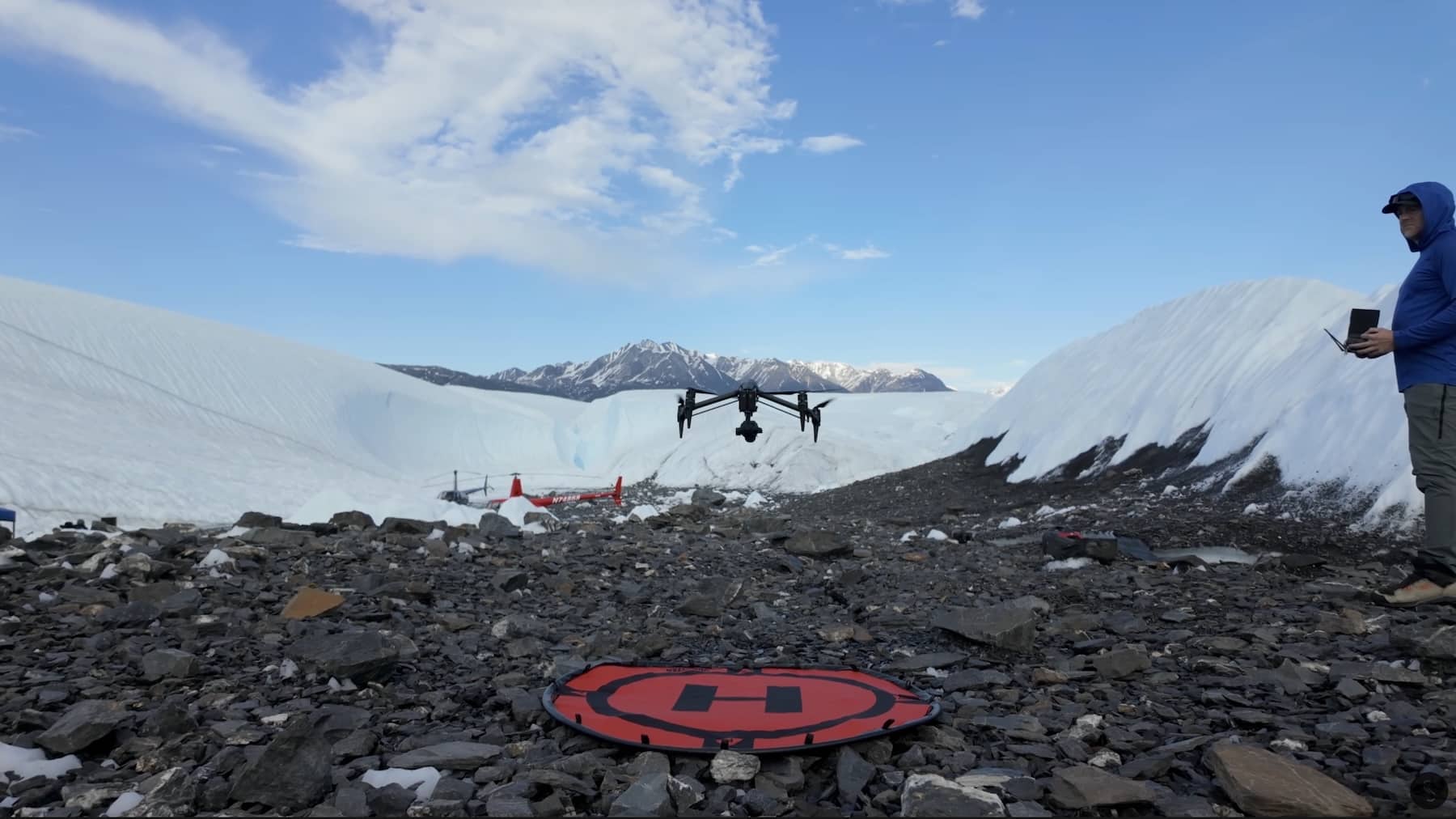
Improvements Over the DJI Power 1000
The Power 1000 has been a reliable workhorse for powering lights and batteries in professional productions, especially off-grid. However, it had limitations: only two PD delivery ports, two USB ports, two AC outlets, and a dongle-based wireless connection that occupied an SDC port. Adding the expansion battery also disabled one SDC port.
The Power 2000 addresses these issues by doubling the ports: three AC outlets (plus a larger one), four USB-A ports, four power delivery ports (two at 140 watts, two at 165 watts), and built-in wireless connectivity, freeing up SDC ports. Both SDC ports are now full-featured, unlike the Power 1000’s mix of a full and a “light” port, simplifying connections for expansion batteries or other accessories.
Rapid and Efficient Recharging
The Power 2000 recharges quickly. Using the superfast car charger, it efficiently converts DC to DC with minimal heat. When plugged into a wall outlet, it fully charges in 90 minutes (75 minutes outside the US, likely due to voltage differences). This is remarkable given its large capacity.
Quiet and Versatile Operation
Like the Power 1000, the Power 2000 is exceptionally quiet, suitable for use on sets near audio recording for interviews or A-roll. Its versatility shines in various scenarios, from powering coffee makers in remote locations to supporting entire productions.
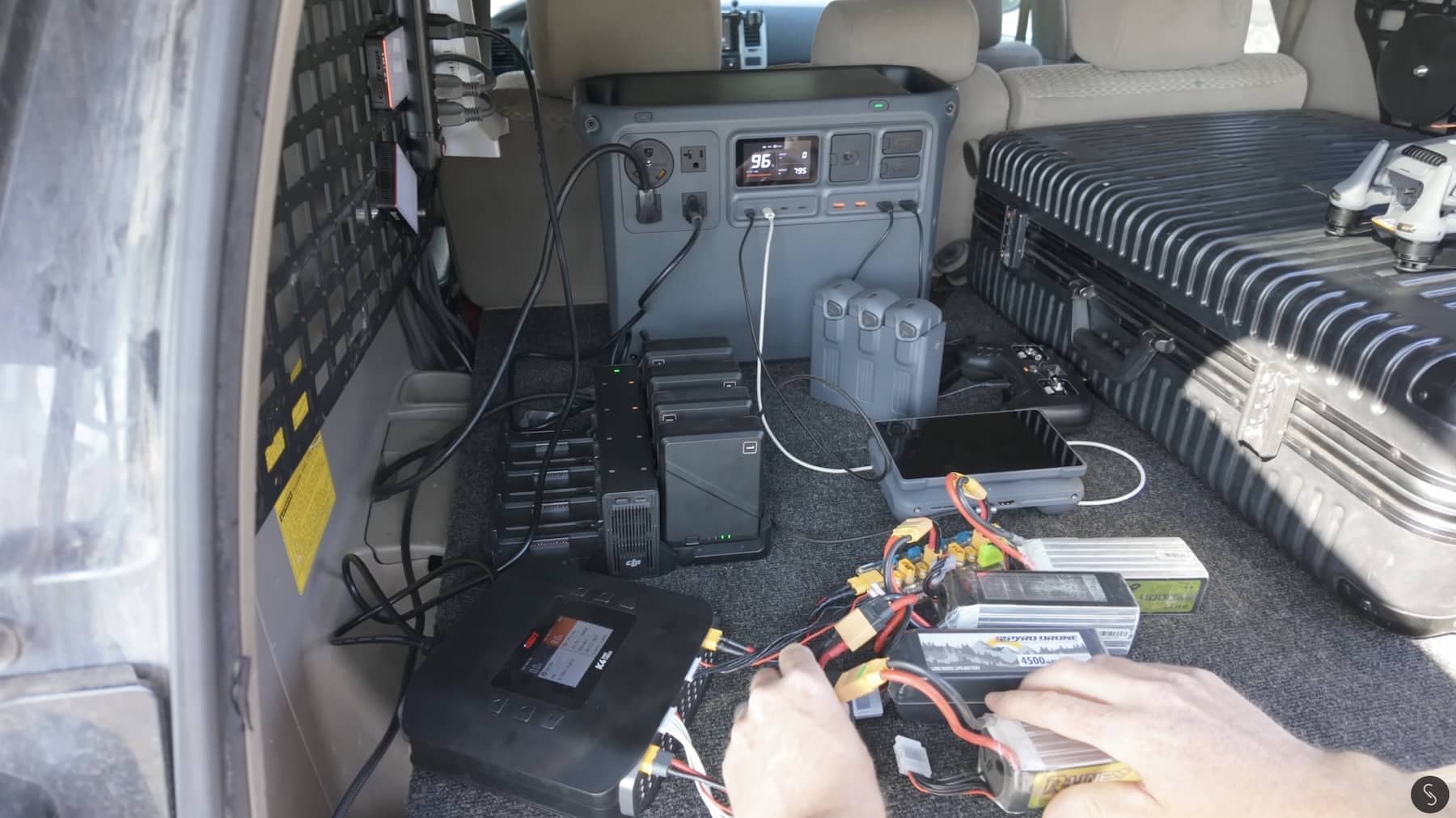
Comparing DJI Power Stations
- DJI Power 500: A lightweight, portable option for moderate power needs.
- DJI Power 1000: A versatile workhorse, capable of running an Aperture 1200D for about an hour. It’s heavier but manageable.
- DJI Power 2000: Slightly larger and twice as heavy as the Power 1000, it offers double the capacity and more features in a compact design. It powers everything I need without issues, especially when paired with the fast-charging car charger.
The Power 2000 supports the 2,000-watt-hour expansion battery for up to 4,000 watt-hours, though I rarely need it. This unit has been invaluable over the past few months for seamless off-grid operations.
Conclusion
Thank you for watching this video. For more insights, check out my next video. If you have questions, leave them in the comments or join my livestream most Wednesday nights at 4:00 PM Alaska Time (8:00 PM Eastern) for a deeper conversation. See you in the next one! Cheers.
Discover more from DroneXL.co
Subscribe to get the latest posts sent to your email.


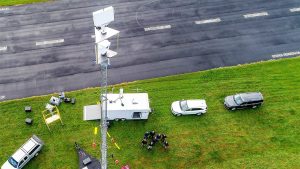


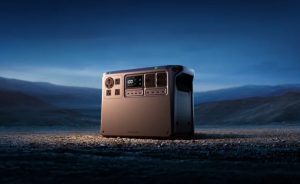
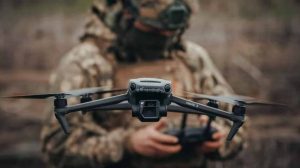

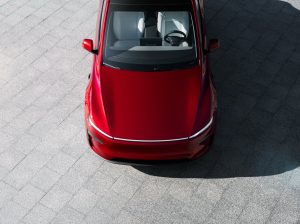
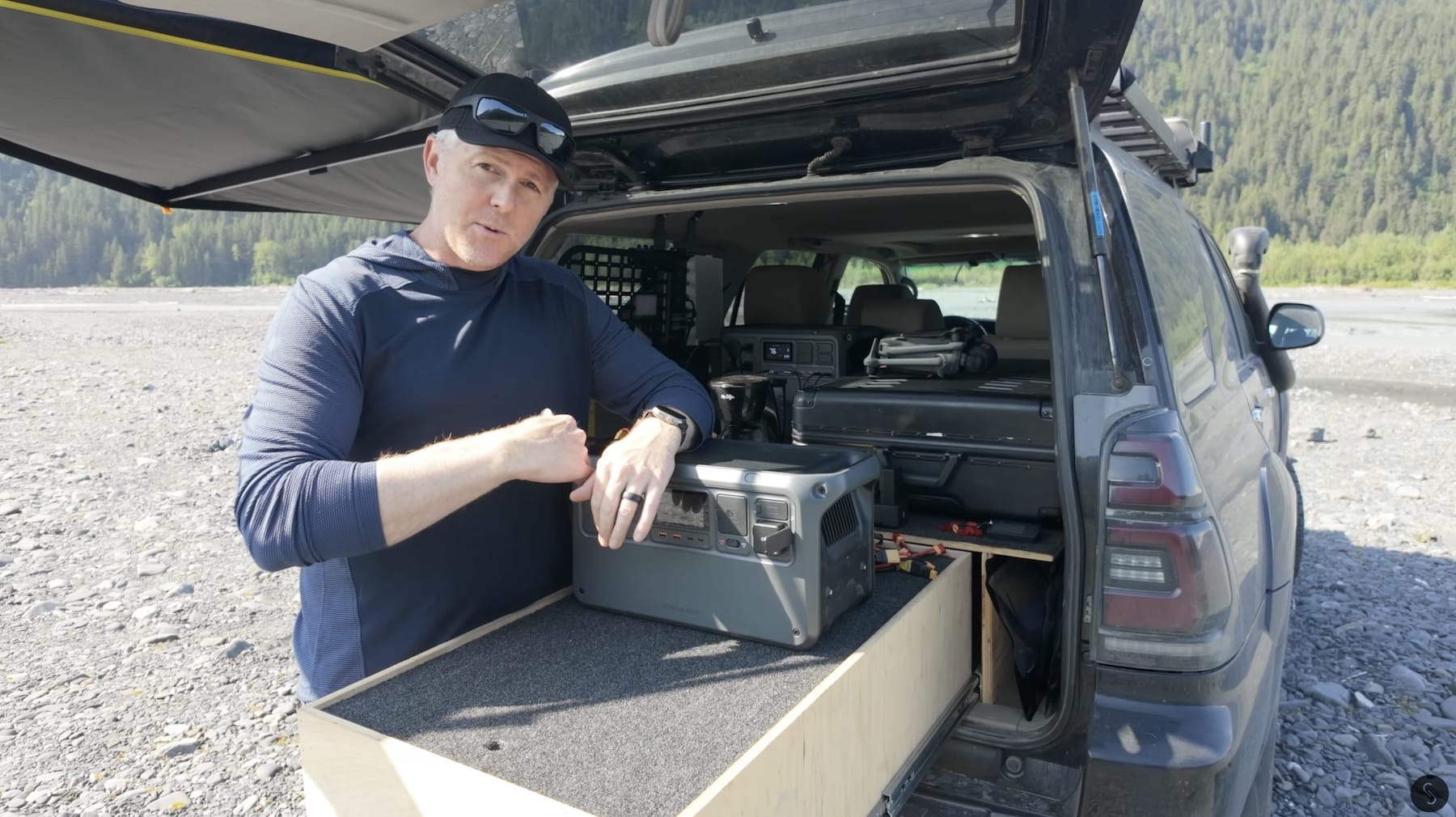

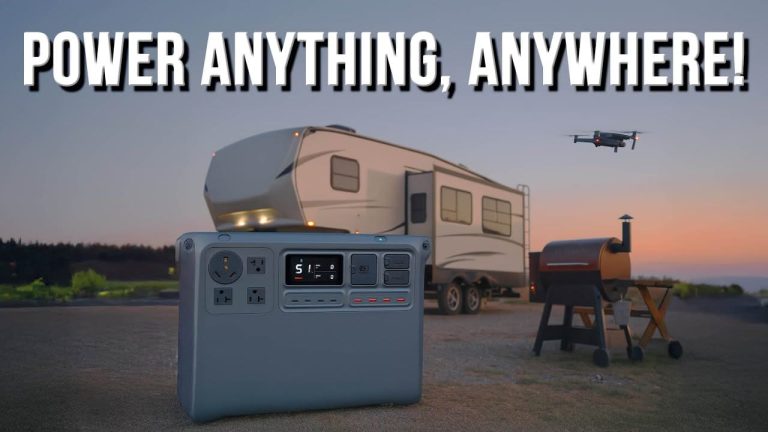
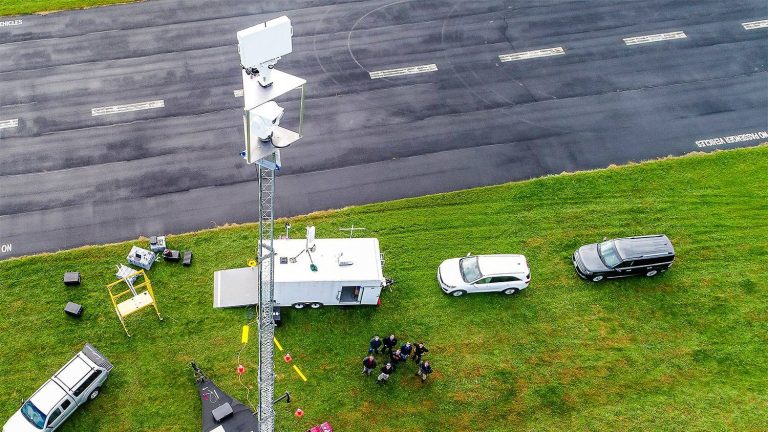

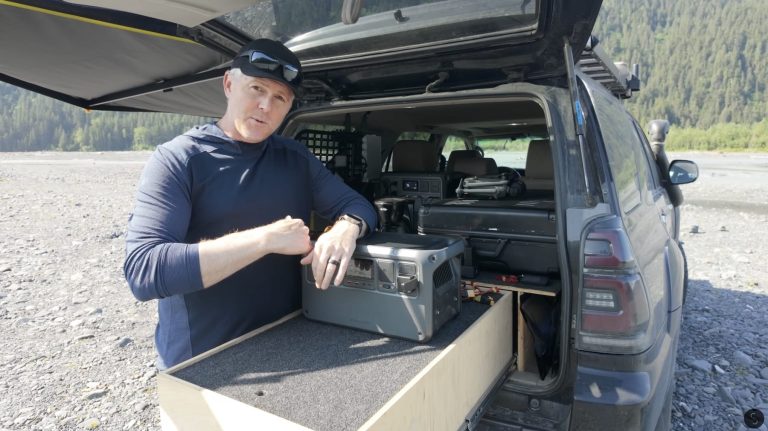


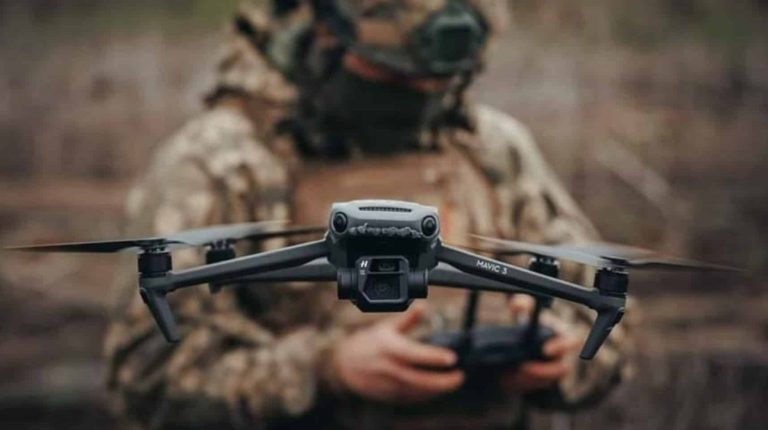

+ There are no comments
Add yours